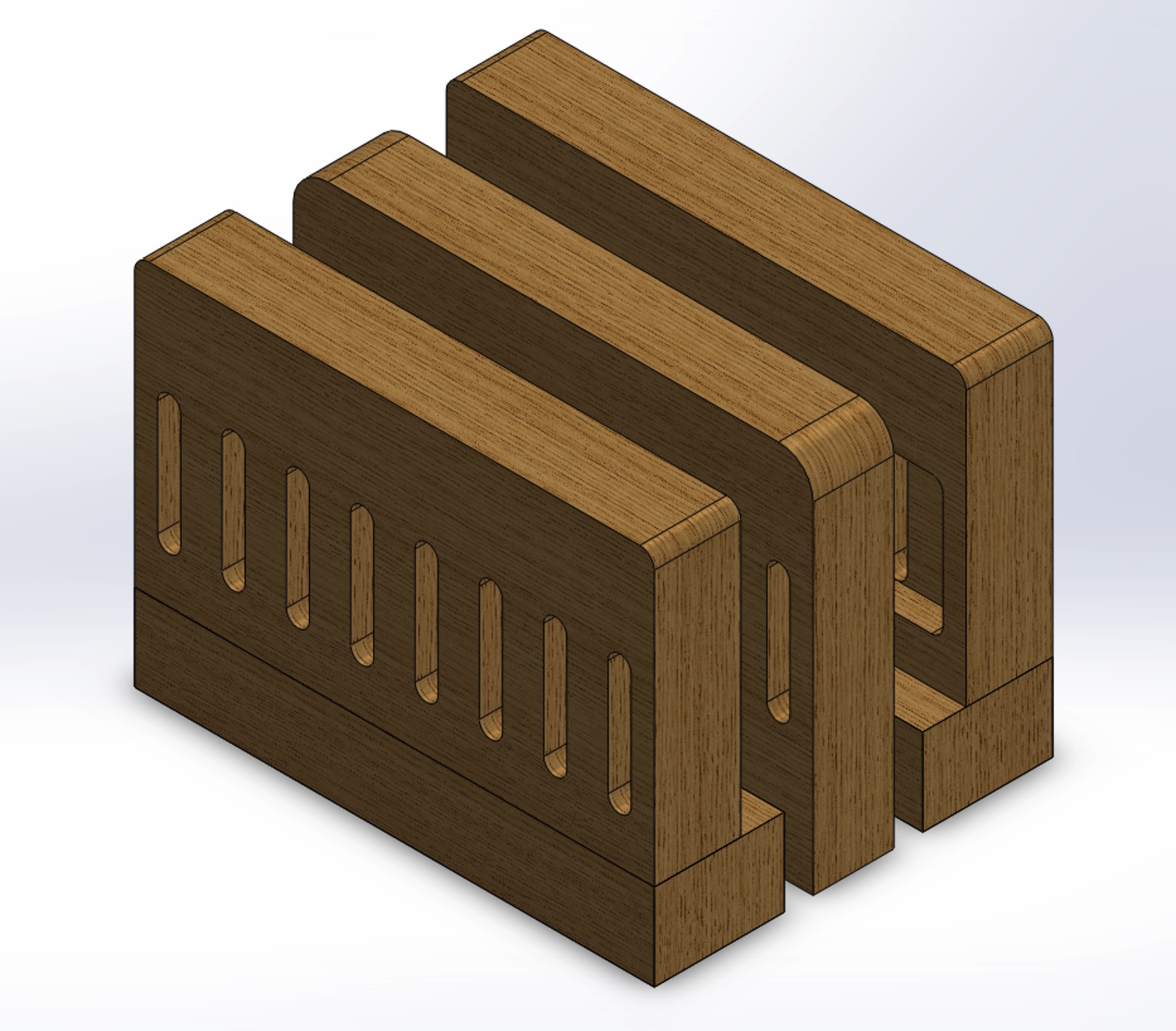Over the last two weeks I have made quite a lot of progress on my vertical PC stand. I was able to source all my materials before the break, and I have spent most of the time iterating my design and making changes on the CAD model. When initially going to the woodshop, I noticed that the dimensions were smaller than I wanted and that some of the pieces were quite small. So I decided to go back and make all those changes to my design.




2 Comments. Leave new
This looks great! I think you have a good plan going and you know what your next steps will be. I also agree that felt lining would be most suitable for your project!
Hi Clemens, this project is great! I can tell you have put a lot of work into the design planning, and I think it’s great that you have been able to iterate through your solution on CAD. This will likely save you a lot of time in the long run by avoiding having to rework the physical design. Excited to see how the rest of your implementation goes!